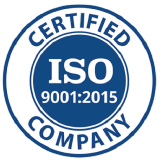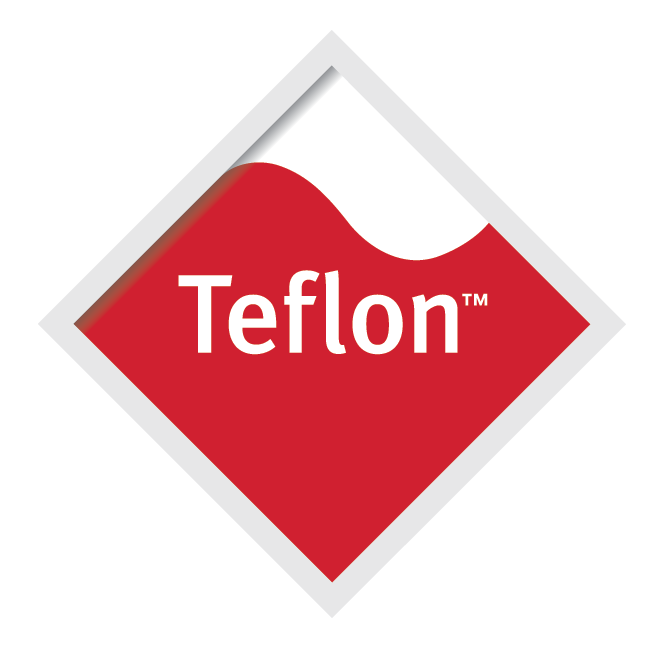Tenemos 35 años de experiencia, somos líderes del mercado de fabricación y distribución de telas, bandas y cintas de fibra de vidrio y Kevlar impregnadas de Teflon® para aplicaciones industriales, alimenticias y más.
PTFE Cargado
Tetraflon Corp
Empresa líder con más de 35 años de experiencia
Tetraflon de México
Características del Teflón
Tetraflon de México
PTFE+ Fibra de Vidrio
Es la carga más usual para sellos cuando hay rotación y alternación en los movimientos (aplicación en uso neumático, hidráulico, cojinetes, anillos para pistón, asientos para válvulas y partes mecánicas).



